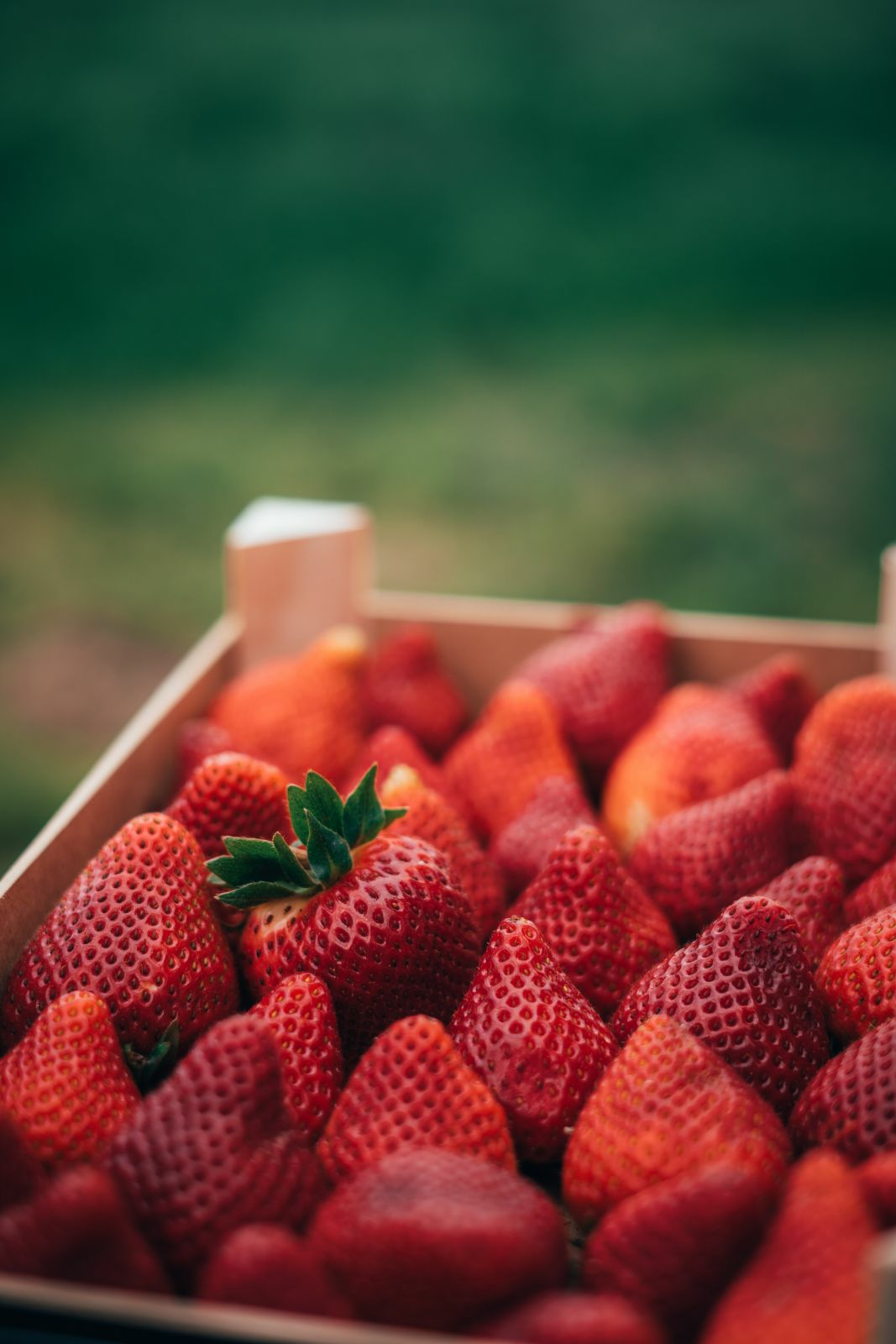Proper care of strawberry plants
Proper care of strawberry plants
When I was a child, it was quite common for food to include a "dessert". I can still remember the great photos of our gardeners with the first ripe strawberries, or the quantities that found their way into the jam jars. So that you can enjoy the great fruit again next year, you should start preparing in July.
Preservation of the stock

If you have decided to leave the old plants for another year, they must be thoroughly cleaned:
- All weeds that have accumulated are removed
- The leaf mass is removed except for the heart (the fresh green leaves in the middle)
- The tendrils are also removed (note: please dig them up and do not dispose of the tendrils, see below) - chop everything up well
What is the advantage of leaving the old plants standing?
If they only stand for one year, they will bear more abundantly next year than this year.
What are the disadvantages?
The activities described above take a lot of time with a larger bed and can be very strenuous. The vitality of the plants also decreases from year to year, fewer new tendrils/shoots are formed and the fruits also become smaller over the years.
New planting from cuttings

As maintaining the plants is too much work for me, I replant every year if I have enough cuttings (see above). Which cuttings can be used? Only strongly rooted cuttings can be considered (growing on is not easy and cuttings with only a few roots have no chance). If possible, only the first cuttings should be used (if some are missing, the second can also be considered). A vine may well have produced 3-4 plants, but the size and rooting of these cuttings will decrease the further away they were from the mother plant (as they were no longer as well supplied with nutrients due to longer transportation and less time to grow).
The usable cuttings are also cleaned before planting: remove the tendril stems and any leaves that do not look good (e.g. dark spots). The right location: Even though strawberries are "weak feeders", the new plants should not be planted in the same place, as diseases such as root rot may have spread there. It is therefore essential to ensure a good crop rotation. Now it's time to water, water, water! Strawberries regularly need a lot of water to grow (not just to produce fruit). If you don't get around to replanting the vines straight away, they can survive for a few days in a bucket with plenty of water.
Further care
The care doesn't stop until winter: if new tendrils form on the plants, remove them as we no longer need them (it's too late now, they won't become strong plants). Otherwise, weed regularly, remove dead leaves and loosen the soil (strawberries do not like waterlogging). Now everything is done for a hopefully rich harvest in 2023!